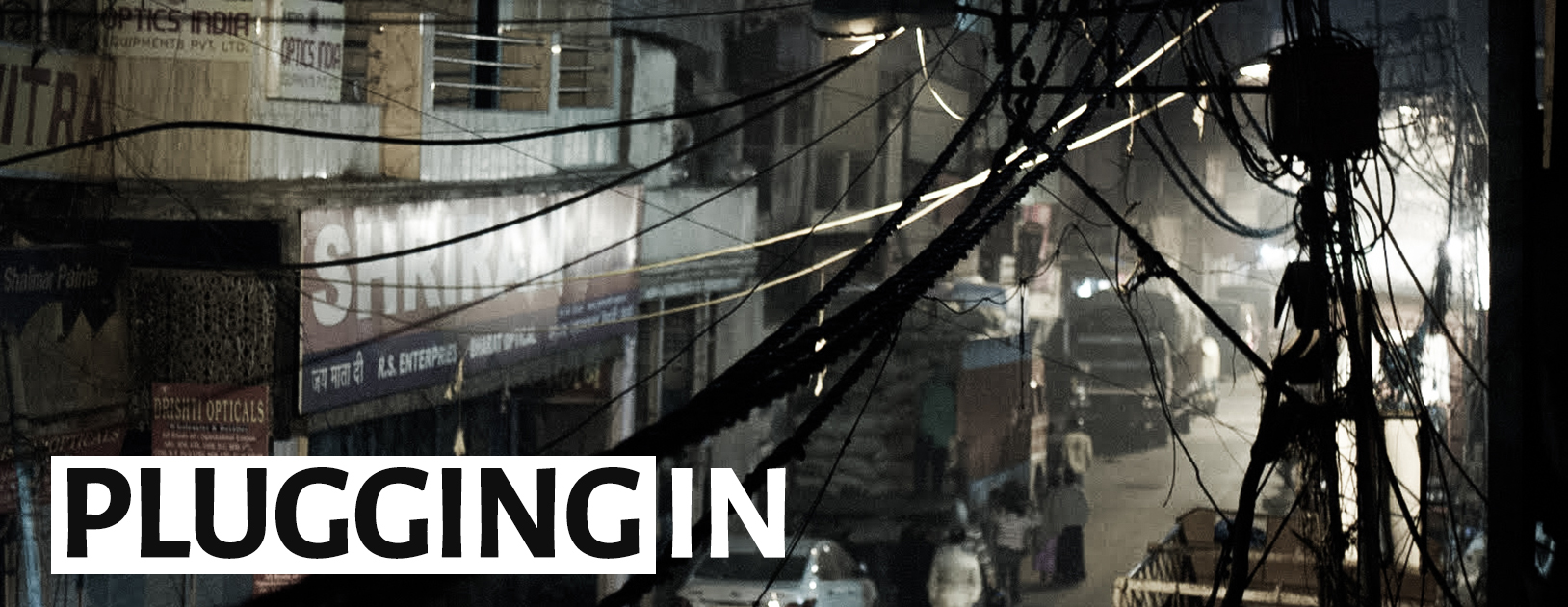Trends in India’s Residential Electricity Consumption

PART 2 OF A BLOG SERIES BY THE CENTRE FOR POLICY RESEARCH (CPR) AND PRAYAS (ENERGY GROUP)
ENERGY RESEARCH
The series is titled Plugging in: Electricity consumption in Indian Homes.
Electricity consumption in Indian homes has tripled since 2000. The percentage of households with access to electricity has increased from 55% in 2001 to more than 80% in 2017. In 2014, an electrified Indian household consumed about 90 units (kWh) of electricity per month on an average; enough to run four tube-lights, four ceiling fans, a television, a small refrigerator, and small kitchen appliances with typical usage hours and efficiency levels in India. This is three-fourths of the average monthly household consumption in China, a tenth of that in the USA, and a third of the world average. In this post, we take a closer look at data on India’s residential electricity and the disparities in access and consumption across states. We also reveal some inconsistencies between different sources, pointing to the need for better data.
All states show considerable increase in total residential electricity consumption in recent years according to data compiled by the Central Electricity Authority (CEA) from distribution companies (see Figure 1). Between 2004 and 2015, states like Assam, Bihar, Chhattisgarh, and Jharkhand with low initial household electrification showed a high growth rate of their residential electricity use (about 11%-16%). States with higher household electrification like Delhi, Punjab, Haryana, and Tamil Nadu grew at lower, but still substantial, rates (6%-8%), with high absolute numbers.

Figure 1: Residential Electricity Consumption growth in selected states (2004-2015)
Source: Annual General Reviews for individual years (CEA).
The CEA data along with the census data and the rural electrification data can be used to estimate average monthly electricity consumption of an electrified household in different states. We validate this against the tariff orders issued by state regulators and find interesting results (see Figure 2).

Three insights emerge:
One, an electrified household in Delhi consumes about 250-270 units or kWh of electricity per month on average, approximately the same average amount consumed by an electrified household in Germany. At the same time, such an electrified household in Delhi consumes significantly more than other Indian cities (Chandigarh: 208 units; Ahmedabad: 160 units; Puducherry: 150 units; and Mumbai: 110 units). This is in part due to high ownership of air-conditioners (12% of total households) and air-coolers (70%), and tariff subsidies in Delhi. Yet, other socio-economic reasons still need to be examined.
Two, electrified households in larger states like Maharashtra, Gujarat, and Tamil Nadu, with higher rates of electrification, consume on an average a lower amount of about 80-90 units per month. Karnataka is on the lower end with about 60 units. On the other hand, households in Punjab (about 150 units) and Haryana (about 110 units) consume much more. . While there may be some discrepancies in the data due to incorrect reporting on use and number of consumers by distribution companies, the scale of these discrepancies is likely to be small given the limited number of un-metered and illegal connections in the residential sector.
Three, states like Uttar Pradesh (UP), Jharkhand, and Chhattisgarh show high monthly household electricity consumption. It is unlikely that states with a high share of newly electrified households and low reliability of power supply consume as high as an average household in Chandigarh or Mumbai. The reported household consumption is high possibly due to metering issues. For instance, 40% of the total residential connections in UP are rural un-metered connections. As their actual consumption is not metered, the distribution companies estimate their consumption based on norms approved by the regulator (currently the norm is 144 kWh/kW/month, a high number). Distribution companies have not conducted any sample studies to justify this norm despite being asked by the regulators. High estimation of consumption from un-metered connections as well as measurement issues in metered connections can mask the actual consumption.
Finally, the electricity consumption within states also exhibit significant inequity at the household level. According to the National Sample Survey Office (NSSO)’s surveys, about 20% of electrified households consume less than 30 units of electricity per month, while about 80% consume less than 100 units per month. In rural areas, 90% of the electrified households consume less than 100 units. This distribution varies with states. In most states, about 15-20% of all the households consume less than 30 units per month. The states consuming the least electricity are Karnataka, West Bengal, Bihar, and Jharkhand. For more details on results see our recent report.

Understanding the factors that lead to such variation in consumption patterns across states and households is important for managing future electricity demand (and to monitor the performance of schemes such as UDAY for the financial revival of distribution companies, and Saubhagya for providing electricity connections to all un-electrified homes). This requires accurate and comprehensive data on electricity consumption which, at present, is a serious area of concern (particularly the limited reporting by distribution companies).
In the next two posts, we look at the most basic use of electricity in Indian homes – lighting – and how the provision of lighting services are changing in the country.
This piece is authored by Aditya Chunekar and Sanjana Mulay from Prayas (Energy Group).
This blog series is also available on the Prayas website here.
This article was republished in Eklavya Magazine in Hindi under ‘स्रोत विज्ञान एवं टेक्नॉलॉजी फीचर्स’, and can be accessed here.
To subscribe to email updates on the series, click here.
Other posts in this series:
Electricity Consumption in Indian Homes
India’s LED Lighting Story
Illuminating Affordable Homes
The Efficiency of Appliances
Appliances used in Affordable Housing
Electrifying the National Capital Region
Exploring the different uses of household appliances
Role of human behaviour in driving electricity use





